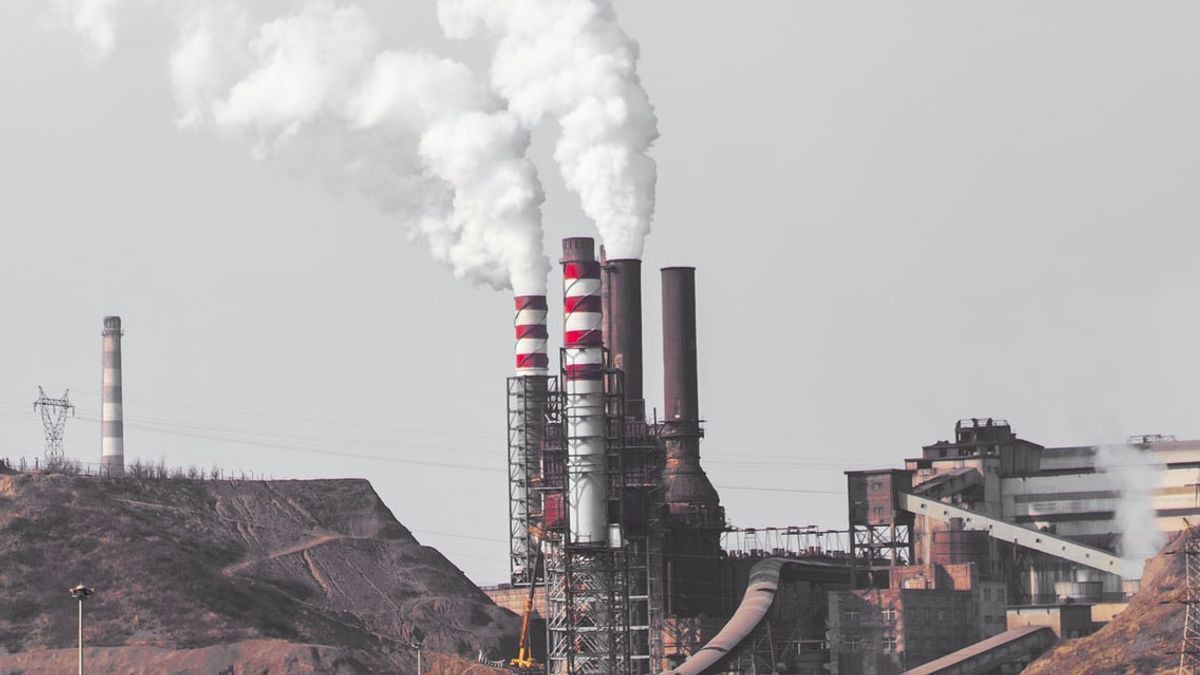JAKARTA - The Global Energy Monitor annual report found that the trend of declining coal-fired power plant capacity continues. The latest data in 2021 shows that the capacity of coal-fired power plants continues to decline from 535 gigawatts (GW) to 457 GW or a decrease of 13 percent.
Meanwhile, in January 2021, around 41 countries were recorded to still have plans to build new coal-fired power plants.
Trend Asia researcher Andri Prasetiyo revealed that this figure has decreased to 34 countries today. China, South Korea and Japan have pledged to stop financing new coal-fired power plants abroad.
"However, China is still at the top of the list in the construction of new coal-fired power plants domestically, with coal capacity exceeding global figures," he said in a written statement, Thursday, April 28.
Meanwhile, in 2021, coal-fired power plants operating will increase to 18.2 GW due to the slowing trend of retiring coal-fired power plants. The capacity of coal-fired power plants in the pre-construction phase remains at 280 GW globally - equivalent to that of the United States and Japan.
On the other hand, the findings of this report also show that for Indonesia itself in 2021, the operating capacity of coal-fired power plants will increase by 9 percent from 36.6 GW to 40.1 GW, and has increased 54 percent from 26.1 GW in 2015.
"Based on available information, several new units appear to have started operating at seven coal-fired power plants, including a very large power plant that specifically provides electricity for the Weda Bay Industrial Estate, Konawe Industrial Estate (Delong Nickel Phase II), the location of Delong Nickel Phase III. , and the Nanshan Industrial Zone," Andri continued.
Indonesia currently has 15.4 GW of coal-fired power plant capacity under construction, an amount that exceeds all other countries, except China and India. The report also revealed that Indonesia has 10.8 GW of coal-fired power plants in the pre-construction stage and 11.2 GW of plans that have been suspended.
However, only six units are in the pre-construction stage, with a total capacity of 2 GW and have received permits to start construction.
“After the latest climate commitments from China, South Korea, and Japan, the capacity of coal-fired power plants in global development has been relatively low. This figure will certainly increase when China, South Korea, Japan - as the main supporters of PLTU projects in Indonesia - withdraw from projects that are still planned to meet their climate commitment targets," said Andri Prasetiyo, researcher Trend Asia.
Meanwhile, a recent report released by the Intergovernmental Panel on Climate Change (IPCC) this month confirms that a radical decline in coal must occur this decade.
The IPCC report shows that the world no longer has a carbon budget for the construction of new coal-fired power plants and the use of coal must decrease by 75 percent by 2030 (from 2019 levels) in order to withstand global temperature increases below 1.5 degrees Celsius in accordance with the Agreement. Paris.
"The plan to build a coal-fired power plant must stop now," said Flora Champenois of the Global Energy Monitor.
Meanwhile, Lead Analyst from the Center for Research on Energy and Clean Air, Lauri Myllyvirta, said that currently many developing countries have cut their plans to build new coal-fired power plants, with the biggest declines occurring in India, Vietnam, Bangladesh and Egypt. Developed countries have announced new plans for cessation of coal and retiring of steam power plants.
"Now, countries with zero emission targets that do not yet have coal cessation targets must be more serious," said Lauri.
The English, Chinese, Japanese, Arabic, and French versions are automatically generated by the AI. So there may still be inaccuracies in translating, please always see Indonesian as our main language. (system supported by DigitalSiber.id)













